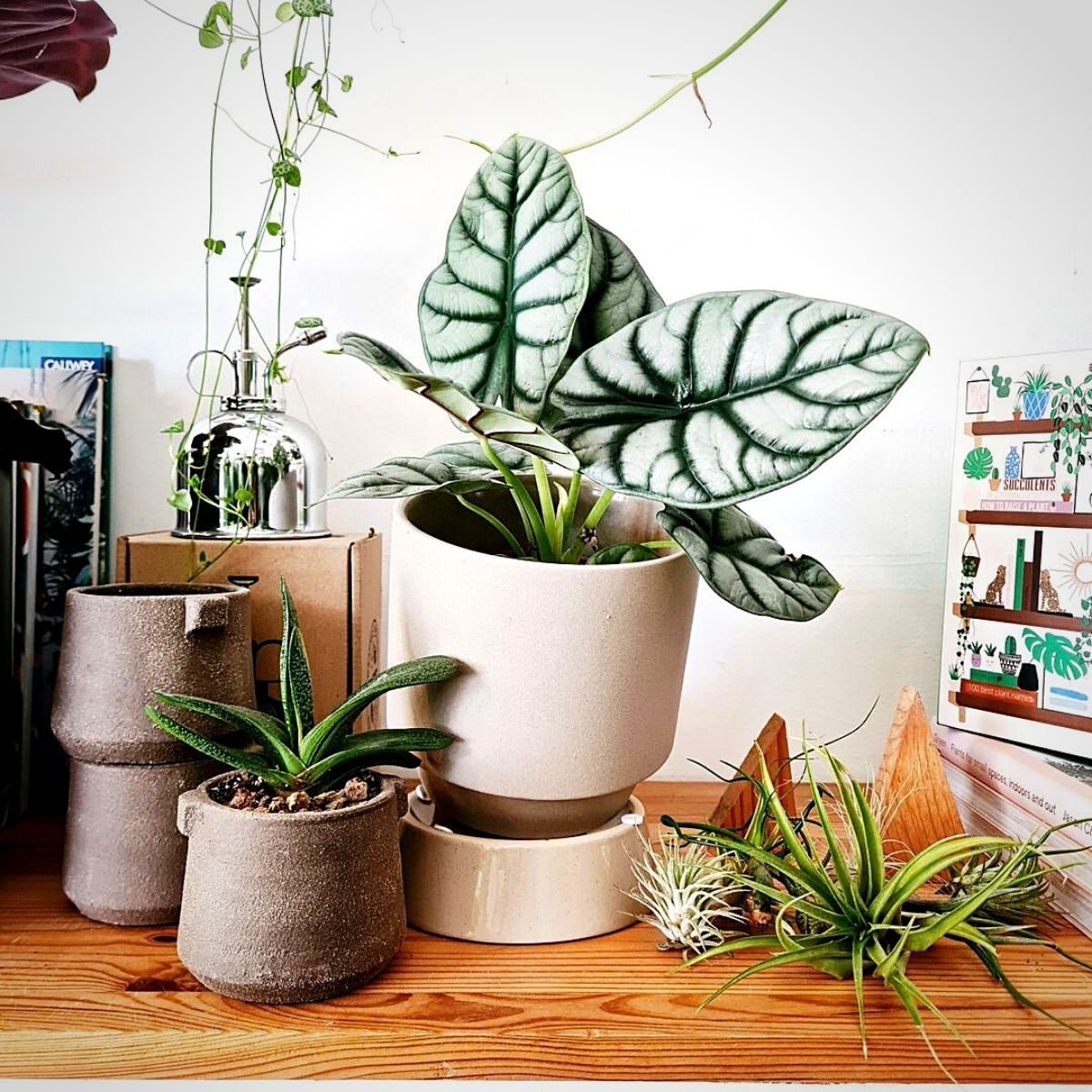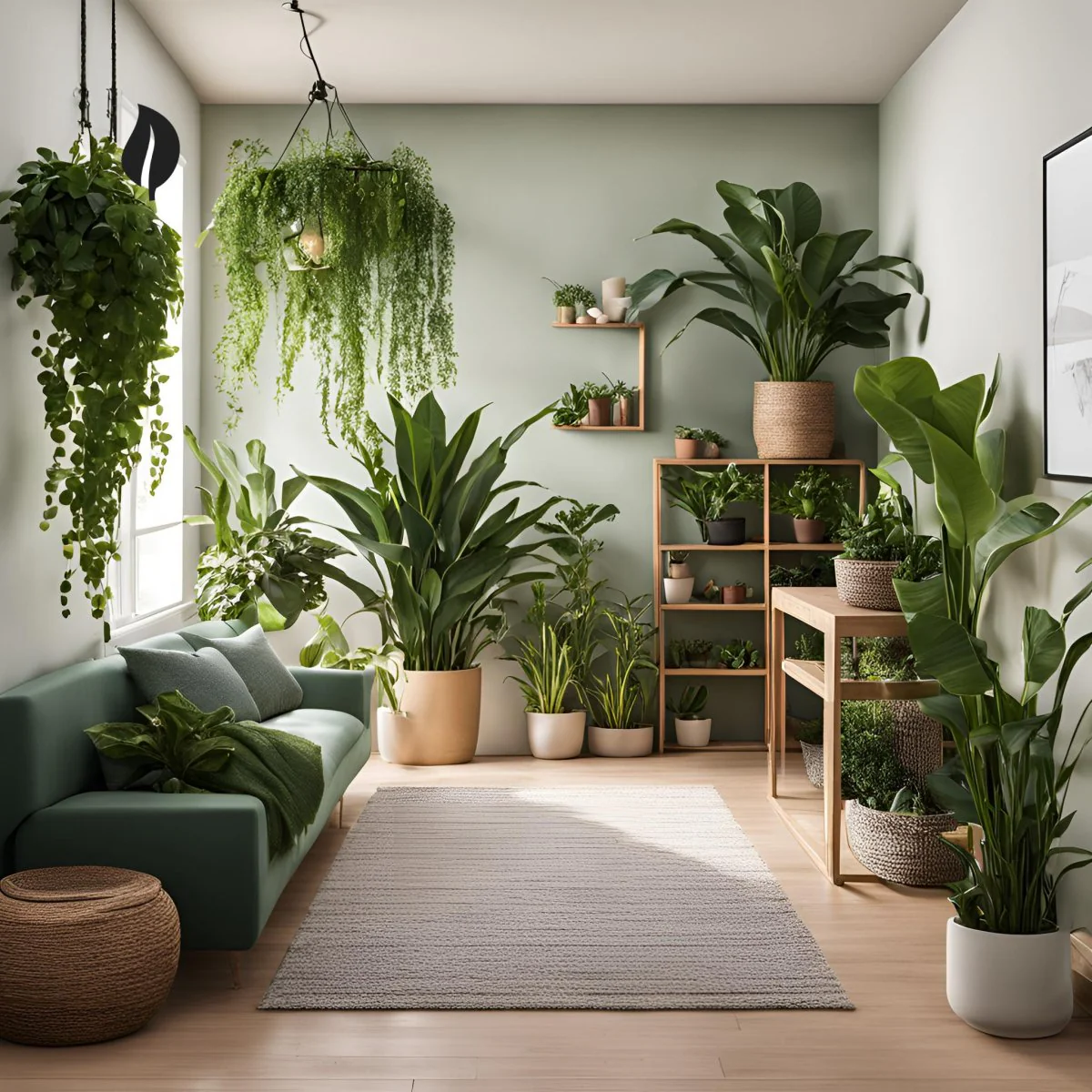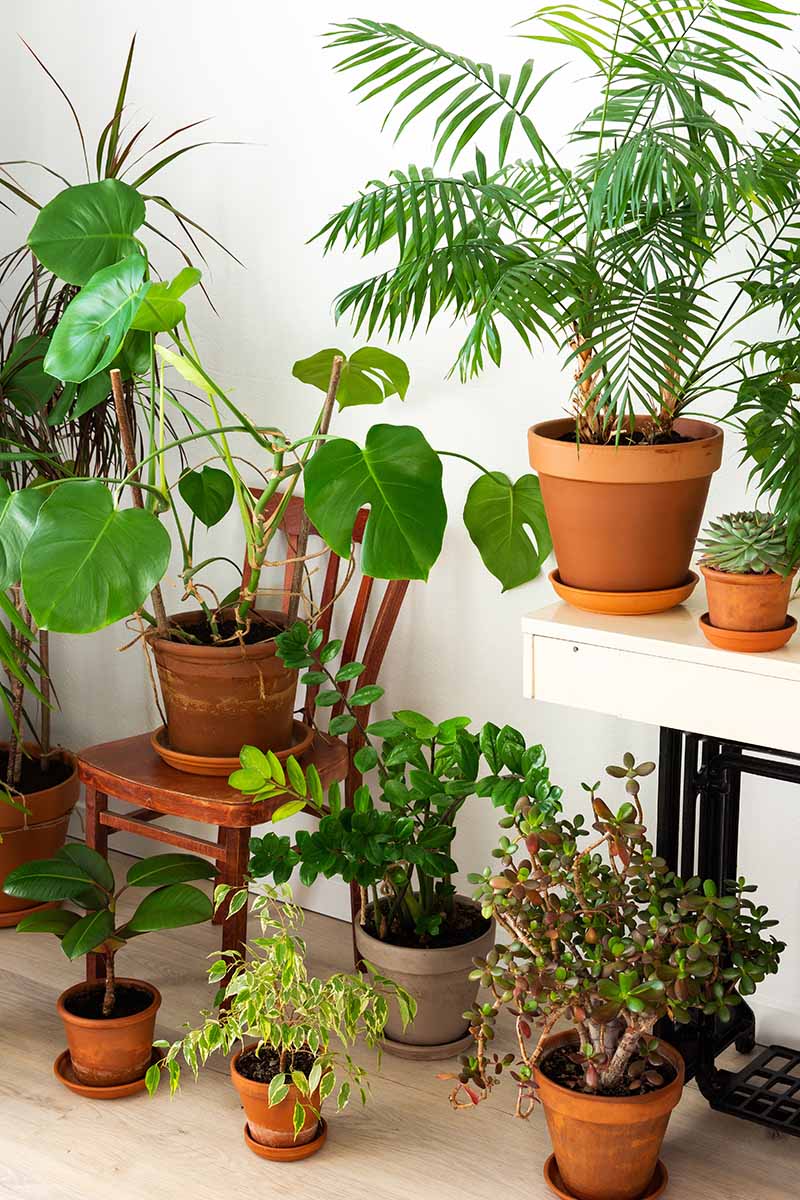Where to Place the Best Low-Light Indoor Plants in Your Home for Maximum Impact
Where to Place the Best Low-Light Indoor Plants in Your Home for Maximum Impact
Blog Article
Uncover the Secrets of Low-Light Indoor Plants and Exactly How They Enhance Your Setting
Low-light indoor plants have actually gathered raising attention for their special capacity to boost both visual charm and environmental high quality within homes and offices. These resilient species, consisting of the Serpent Plant and Tranquility Lily, not just flourish in difficult illumination conditions yet also play a crucial role in air purification and psychological well-being. Comprehending the specific benefits and treatment requirements of these plants can dramatically influence your home. As we check out the ins and outs of their advantages, you may discover insights that might change your environments in unanticipated ways.
Benefits of Low-Light Indoor Plants
Although many people presume that interior plants require plentiful sunshine to thrive, low-light indoor plants use a wide range of advantages that make them perfect for numerous environments. Among the key advantages is their versatility; they can grow in rooms with limited natural light, such as offices, cellars, or areas with tiny windows. This function permits individuals to improve their surroundings with greenery, adding to boosted aesthetics without the need for comprehensive illumination adjustments.
In addition, low-light interior plants can significantly improve indoor air top quality by filtering harmful toxins and launching oxygen, making living areas healthier. Research study has shown that certain varieties can absorb contaminants, thus promoting a cleaner ambience. In addition, they can boost mental health by lowering stress and increasing productivity. The visibility of plants has actually been linked to better sensations of serenity and focus.
In addition, low-light plants usually need much less maintenance than their sun-loving counterparts, making them ideal for hectic individuals or those brand-new to horticulture. Their durability permits them to love very little intervention, hence providing a fulfilling experience for plant lovers and beginners alike. In recap, low-light indoor plants offer both visual and useful objectives, making them useful enhancements to any kind of room.
Top Low-Light Plant Ranges
Low-light interior plants been available in a selection of species, each offering special qualities and advantages matched for dim environments. Amongst the most popular varieties is the Snake Plant (Sansevieria), understood for its building leaves and air-purifying capabilities. This resistant plant flourishes on disregard and can endure a wide variety of light conditions.
One more superb option is the ZZ Plant (Zamioculcas zamiifolia), which includes glossy, dark eco-friendly leaves and is extremely drought-tolerant. Its flexibility makes it a favorite for offices and homes with restricted sunshine.
The Pothos (Epipremnum aureum) is additionally a top competitor, with its tracking creeping plants and heart-shaped fallen leaves - Best low-light indoor plants. This versatile plant can be educated to climb or cascade, including visual rate of interest to any kind of space

Care Tips for Low-Light Plants
Caring for low-light indoor plants requires a nuanced understanding of their particular demands to ensure ideal development and vitality. It is vital to choose the best potting mix, as a well-draining soil is essential to avoid root rot. A mix developed for houseplants, commonly consisting of peat moss and perlite, works well for the majority of low-light varieties.
Watering is an additional essential aspect of care. Low-light plants generally require much less frequent watering contrasted to their sun-loving counterparts.
Fertilization must be come close to with care. During the growing season, a watered down fluid fertilizer can be applied monthly, however in cold weather, lots of low-light plants go into inactivity and need little to no fertilization.
Last but not least, it is necessary to regularly clean up the fallen leaves to get rid of dust, enabling better light absorption. By sticking to these care suggestions, you can grow a thriving environment for your low-light indoor plants, improving both their appearance and longevity.
Enhancing Air High Quality With Plants
Indoor plants play a significant duty in improving air high quality within homes and office rooms. Via the process of photosynthesis, these plants absorb co2 and release oxygen, adding to a much healthier atmosphere. Furthermore, specific low-light interior plants have the capacity to filter harmful contaminants, such as trichloroethylene, formaldehyde, and benzene, which are frequently discovered in interior atmospheres.

Additionally, the presence of interior plants can increase moisture levels, which aids relieve completely dry skin and respiratory system problems, even more improving general well-being. This capacity to improve air top quality not only promotes physical health and wellness but additionally sustains here are the findings mental health.
Including low-light indoor plants right into your living and functioning spaces can result in a more vivid and invigorating atmosphere (Best low-light indoor plants). Buying these all-natural air cleansers is a simple yet efficient technique for improving indoor air quality and cultivating a much healthier lifestyle
Creating a Tranquil Indoor Area
The assimilation of plants right into living spaces not only improves air high quality yet additionally contributes to a relaxing atmosphere. Low-light interior plants, such as serpent plants and pothos, are specifically reliable in creating a serene atmosphere, as they grow in conditions that may otherwise be unwelcoming for various other plant. Their rich vegetation gives a calming visual, reducing stress and promoting relaxation.
Incorporating these plants right into your office or home can stimulate a sense of peace and well-being. Strategically positioning them in locations where you invest substantial time, such as living spaces or work areas, enables an immersive experience with nature, which has been shown to improve mood and cognitive feature.
Additionally, the mild movement of leaves in response to air flow can create a vibrant aesthetic component that improves the overall ambiance. Take into consideration using a selection of plant heights and appearances to include deepness and interest to your area. With thoughtful placement and treatment, low-light indoor plants can change any type of location into a calm haven, fostering not just aesthetic complete satisfaction yet psychological and additionally emotional health.

Verdict
Incorporating low-light indoor plants into different atmospheres returns considerable advantages, consisting of enhanced air top quality and boosted aesthetic appeal. The transformative power of low-light plants highlights their worth in boosting both work and residential setups.
Although many individuals assume that indoor plants call for plentiful sunshine to thrive, low-light indoor plants provide company website a wide variety of benefits that make them perfect for various settings.Moreover, low-light interior plants can significantly enhance indoor air high quality by launching and filtering harmful toxic substances oxygen, making living areas healthier. In addition, certain low-light interior plants have the ability to filter hazardous toxins, such as trichloroethylene, benzene, and formaldehyde, which are generally discovered in indoor atmospheres.
Low-light interior plants, such as snake plants and pothos, are particularly reliable in producing a serene setting, as they flourish in problems that may or else be inhospitable for various other greenery.Incorporating low-light indoor plants into various settings yields significant benefits, consisting of boosted air top quality and improved visual appeal.
Report this page